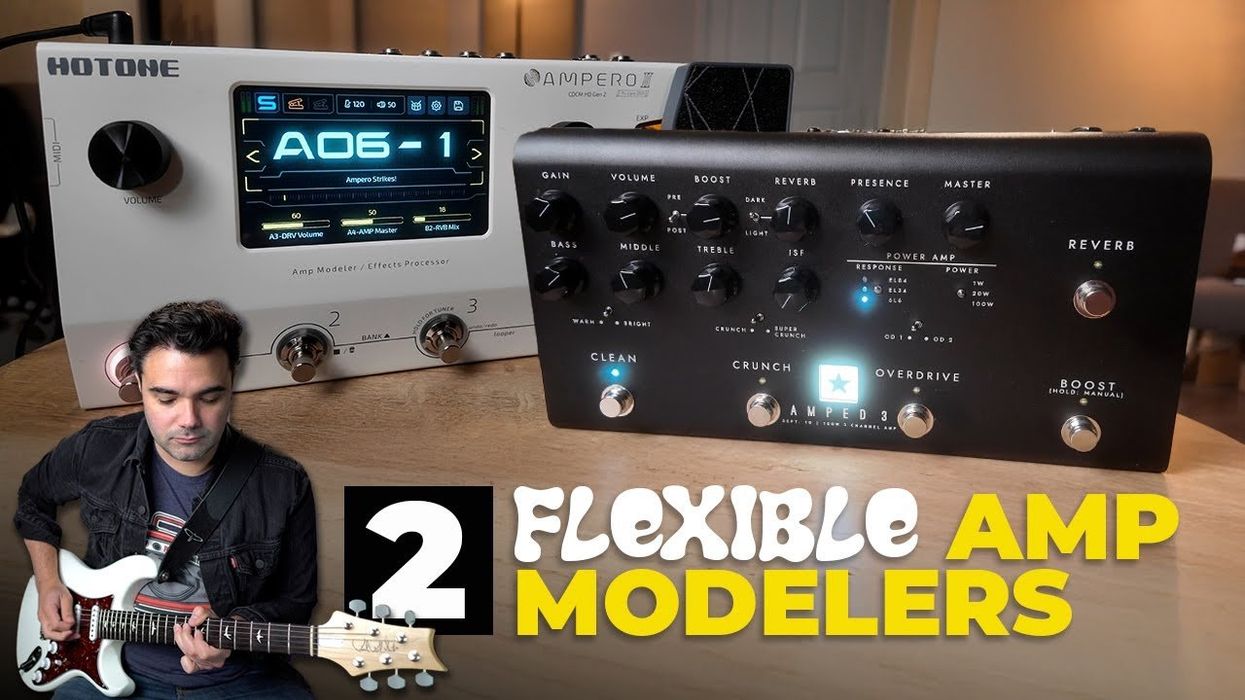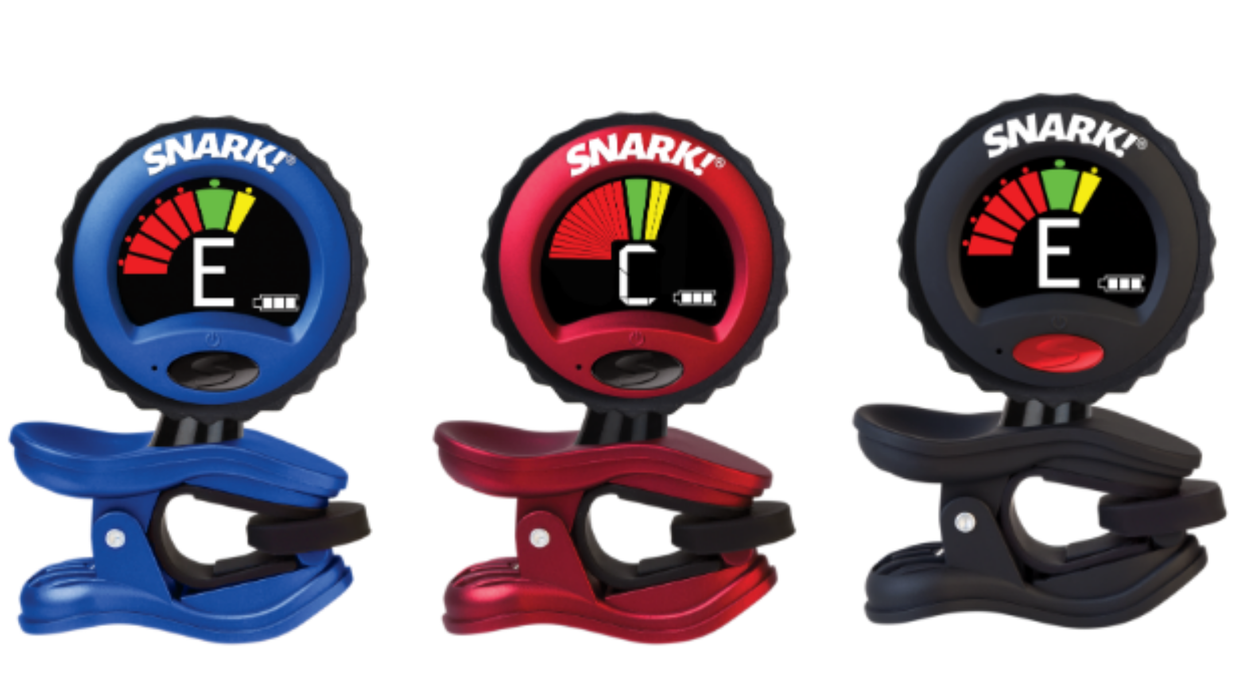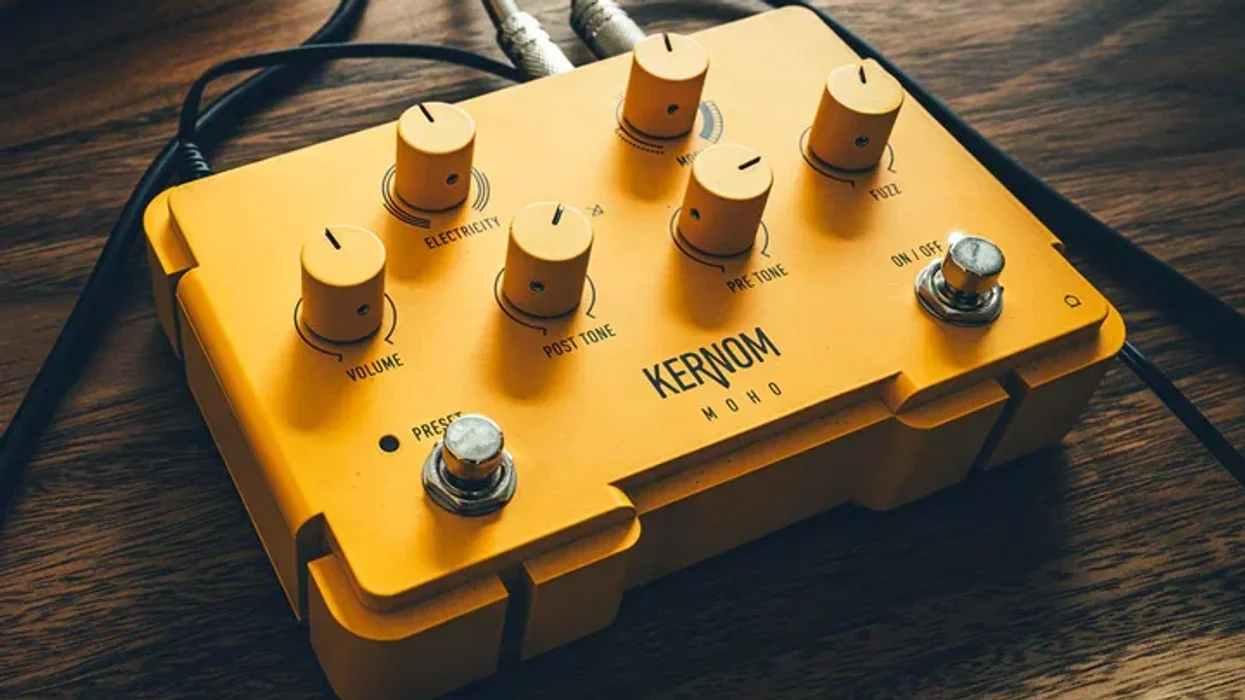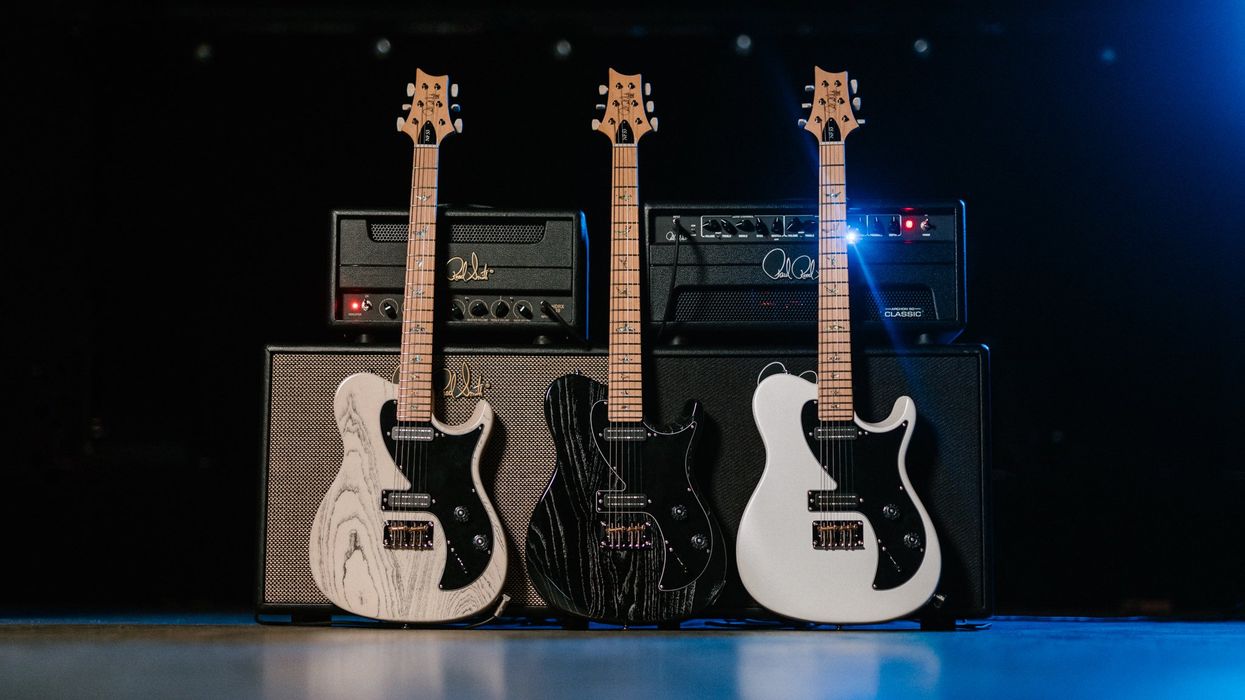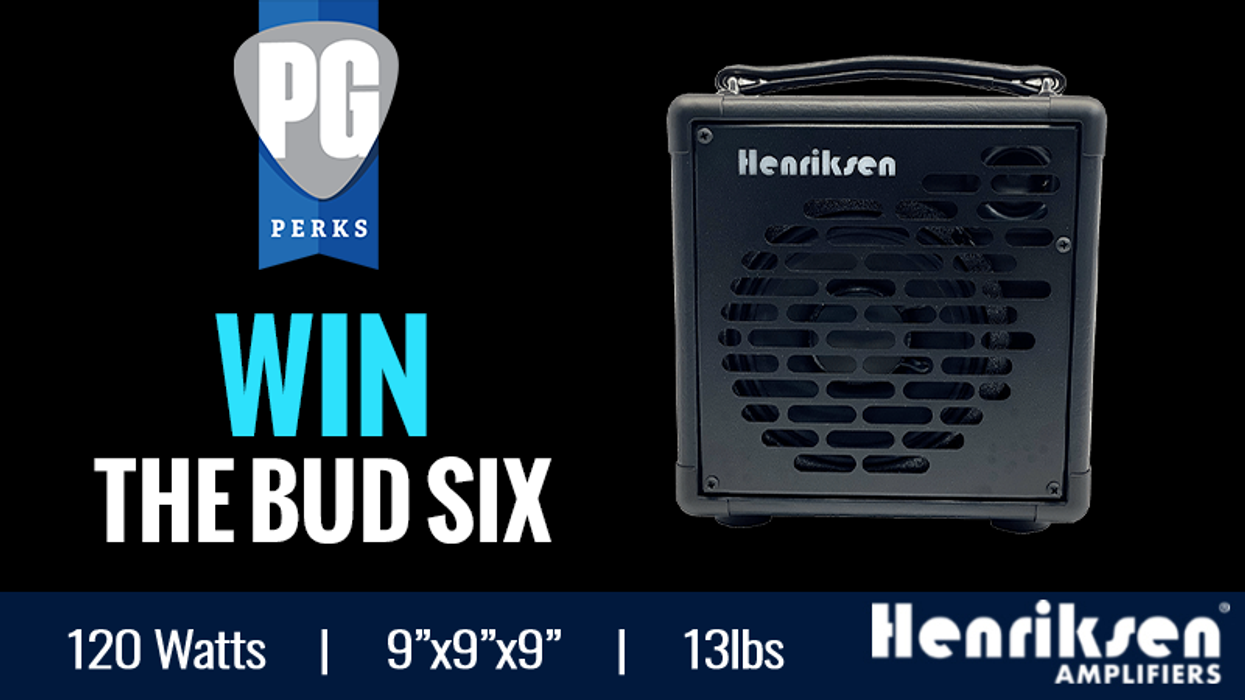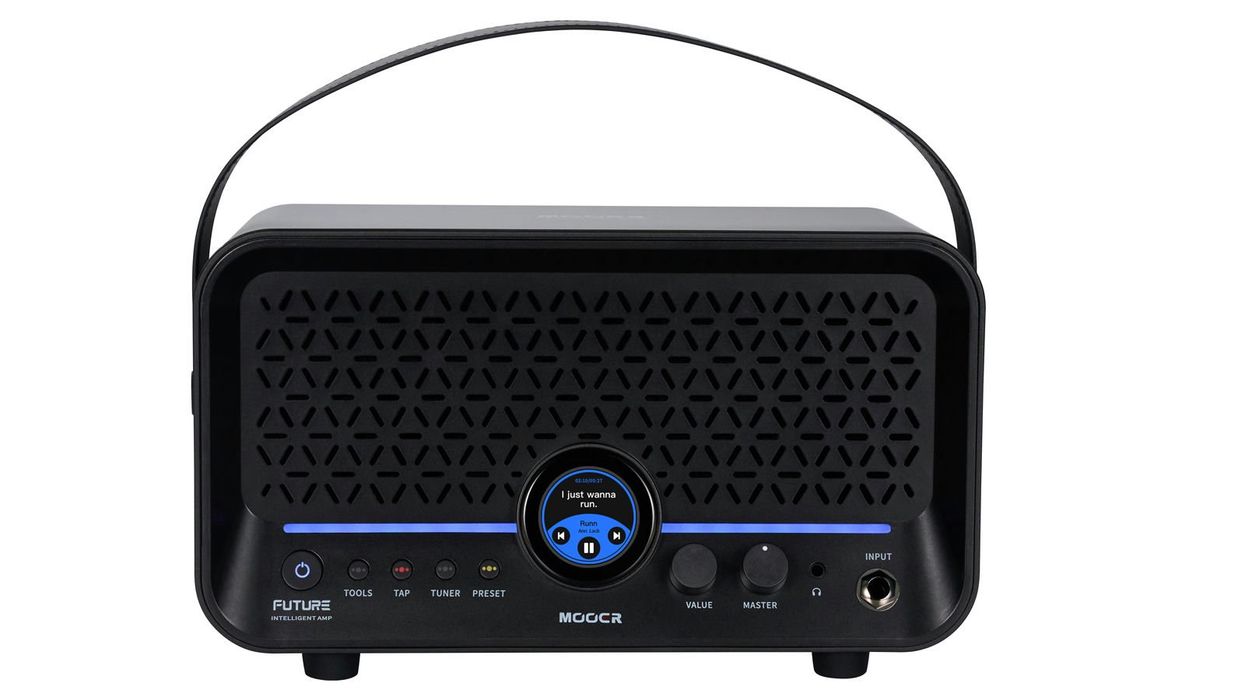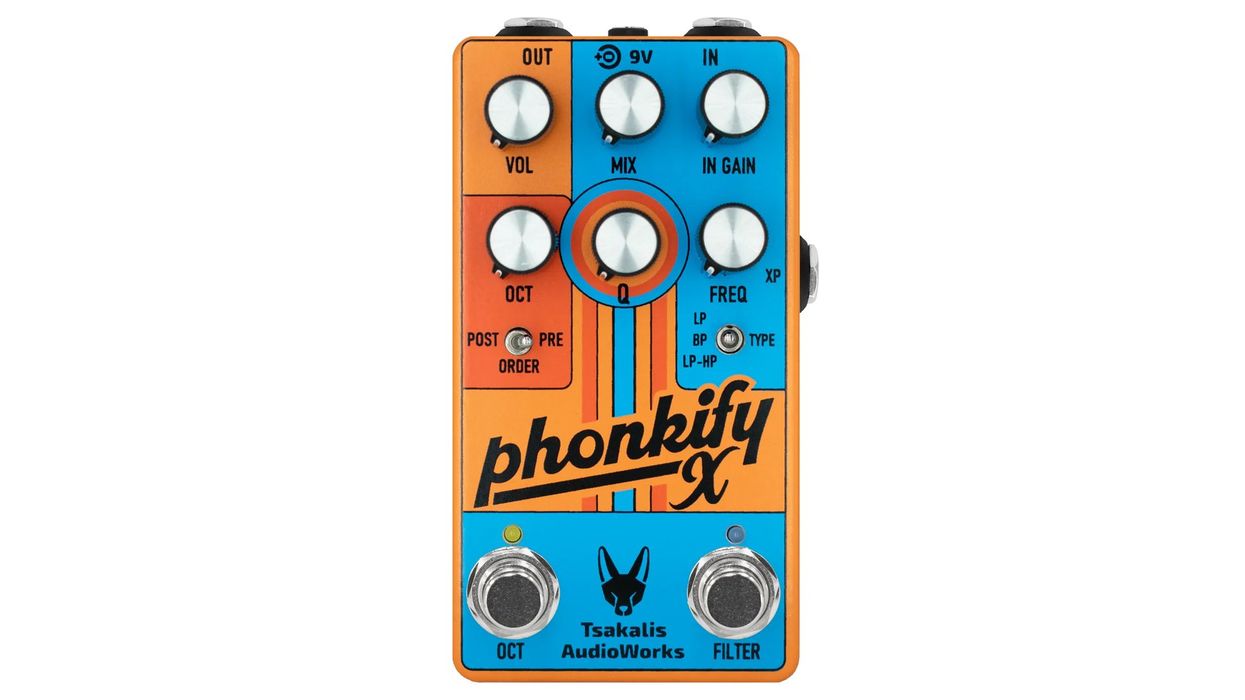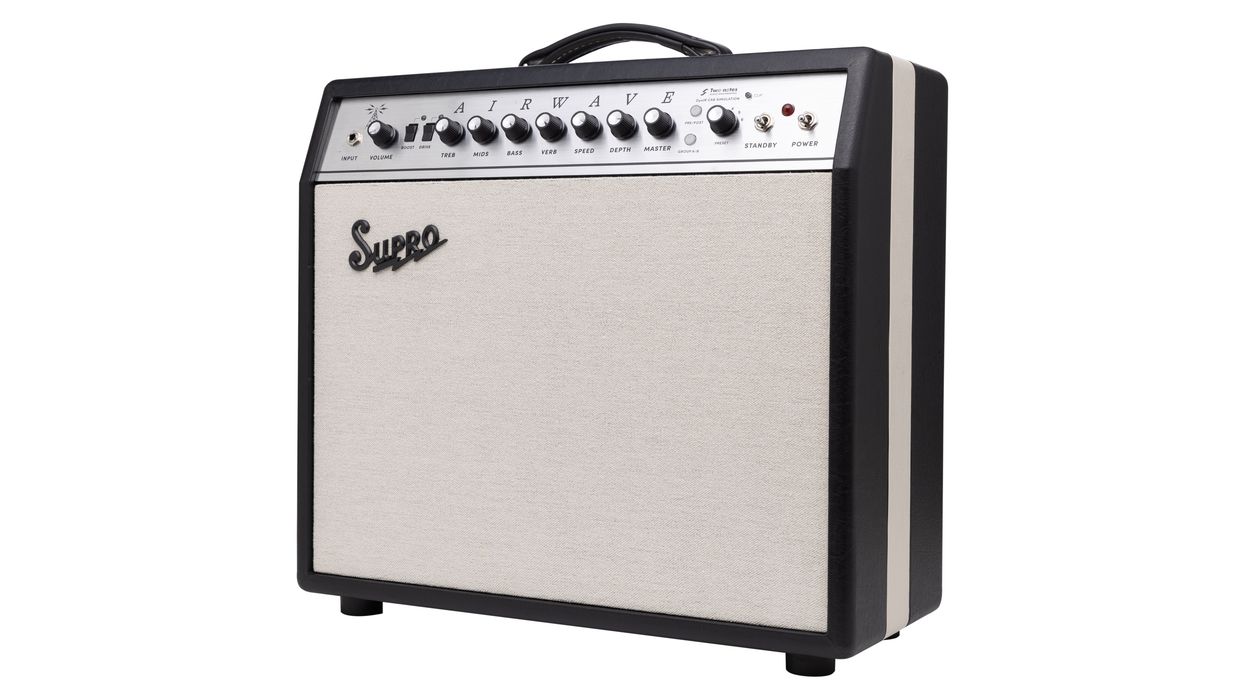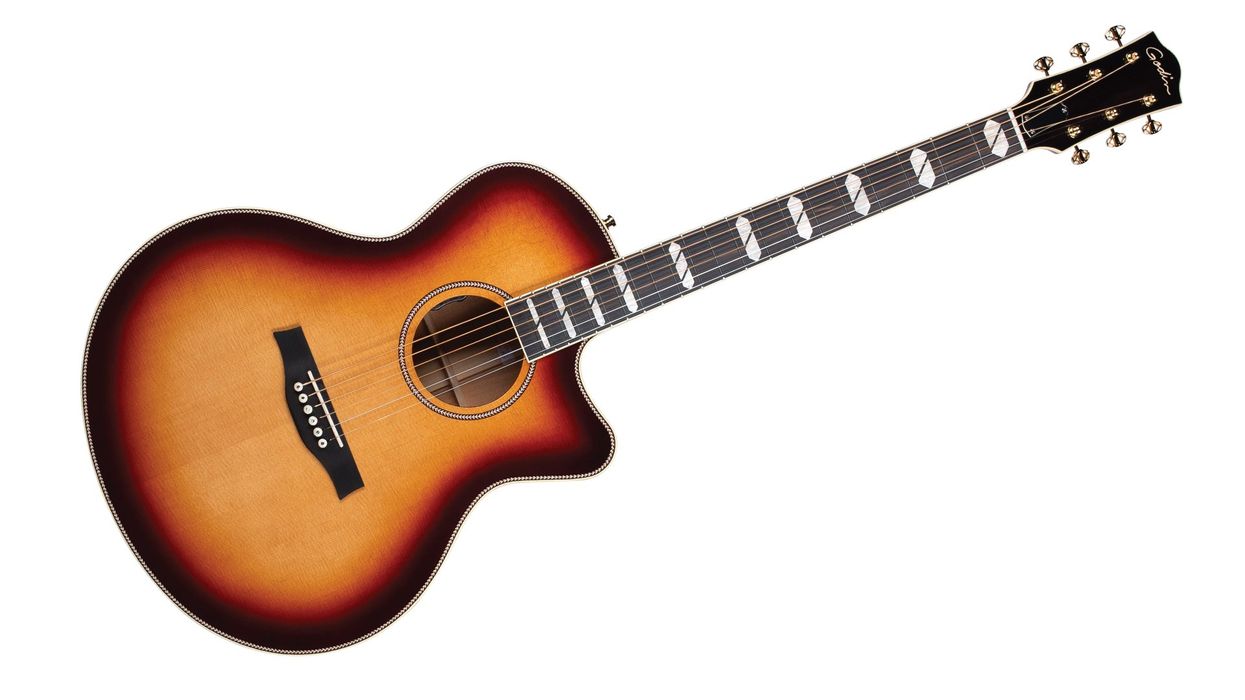RatingsPros:Lush sounds. Flexible functionality. Small footprint. Fair price. Cons: Not easy to use as a plug-and-play effect. Street: $279 Cusack Resound Reverb cusackmusic.com | Tones: Ease of Use: Build/Design: Value: |
Cusack is always happy to deviate from traditional pedal templates. Some Cusack stomps are big and complex; some are tiny and stupidly simple. But for all their differences, each Cusack design always seems driven by a cool cross of utility and desire to do things differently. This rule certainly applies to the Resound Reverb. Cusack used their formidable DSP programming chops to create the Resound. But clearly, there are also very keen ears behind the code. It’s a digital reverb unit with exceptionally strong fundamental tones, major sonic flexibility, and cool switching options.
Hi-Fi, High Powered
Beating at the heart of the Resound is an powerful IC manufactured by Spin Semiconductor named the FV-1, which is a favorite starting point for many contemporary digital reverbs. This chip is the foundation of a very tweakable DSP platform that Cusack designed with eight reverb modes. There’s a Fender-style spring sound, a classic plate, a big hall reverb (which doubles as a “freeze” function), as well as more modern settings including the lush, octave-doused “glisten,” the cavernous sounding “cathedral,” and the unique “shimmurmer” (labeled “shimmur” on the unit itself) which produces ambient spaces with dark, choir-like overtones. The Resound also features a modulated reverb that adds pitch-shifting sway to the signal and ranges from subtle to sci-fi.
The basic tones Cusack has coaxed from the FV-1 platform are all top notch and useful. Even the most basic tones are complex, deep, and meld beautifully with your guitar sound when routed through the front end of a tube amp. They don’t disembody or sterilize your core tone the way less sophisticated digital reverbs do in the absence of an effects loop. And Cusack has clearly done due diligence when it comes to filtering and noise reduction—Resound is not only church quiet during operation, but free of unwanted sonic artifacts in reverb decays. The Resound is stereo capable for those looking to use it with a multi-amp rig, where the pedal’s “glisten,” “modulated,” and “shimmur” sounds really come alive.
Study Buddy
Resound’s control layout looks relatively simple, but it has fairly deep preset capabilities. They’re a big part of what sets the Resound apart and putting them to use is straightforward and simple once the programming is done.
Resound makes eight distinct programmable presets available, which are divided into four banks with two presets each. The large LED at the center of the pedal changes color to identify which of the four banks you’re in. Navigating through the four banks requires you to mash the left switch and the center switch of the pedal at once. That may sound like a tricky maneuver to pull off mid-song, but the relatively small footprint of this pedal situates the switches close enough to make the move easy. Cusack also had the foresight to give the Resound adjustable footswitches that allow the user to raise or lower the height of each and customize their position in a way that’s most advantageous to your approach.
Once you select a bank, the left and right buttons allow you to switch between presets, while the center “extend” button maxes the decay level, which in the hall program full decay becomes a freeze function. The function of the two parameter knobs, meanwhile, change as you switch reverb types, regulating functions like tone and modulation rate depending on the reverb mode you use. Resound also has a switch for adding trails after the pedal is disengaged and a cascade switch which determines whether notes played after the extend footswitch is engaged add to the extended/frozen notes or are heard unaffected over the extended notes. It’s great to see useful features like this mounted on the main control surface and not relegated to interior-mounted DIP switches or some other inconvenient location. It’s a very thoughtful and player-oriented design decision. Additionally, Resound packs a level control, which gives you the option to add or remove as much as 5db from the signal. The control can help compensate for perceived volume loss or tailor the volume of the pedal within a signal chain of other effects. An expression pedal, meanwhile, can be assigned to any one of the Resound’s parameters.
While the Resound’s impressive feature set and the process of building presets on it can feel little complex, the flexibility you gain from having them on hand—and the relative ease with which you can recall them—makes the investigation worthwhile. If you don’t feel like diving too deeply with programming the factory presets are stellar. And the pedal sounded fantastic whether I was adding subtle Fender-style drip through the front end of a Benson Monarch or launching into shoegaze orbit using stereo capabilities and two amplifiers.
The Verdict
The Resound isn’t always an easy pedal to configure, but it sounds phenomenal and can be an invaluable and supremely functional tool for those with the patience to learn its secrets. Considering the Cusack’s reputation for creatively executed, USA-made, road-worthy gear, the pedal’s stellar tones, and a street price of $279, the Resound is worth the price and the time it takes to get acquainted.





